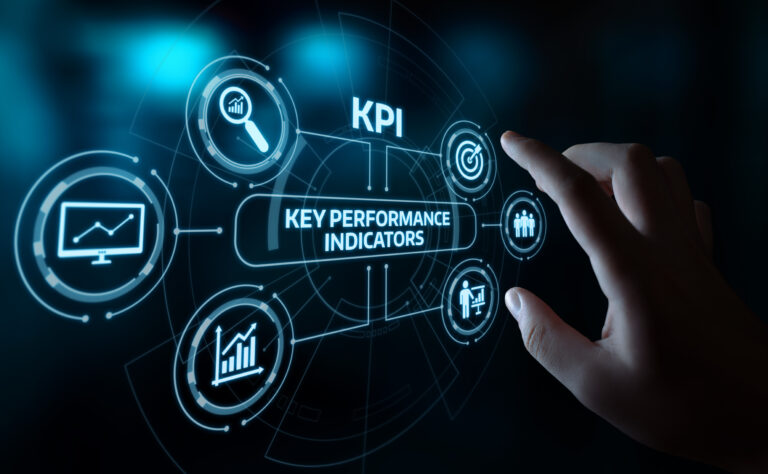The real dream (more like fantasy) of any marketer is to successfully achieve the inbound methodology: to attract leads, convert them into customers, and impress them enough that they come back for more and act as brand promoters.
Every step in the methodology is difficult to achieve, but in my opinion, converting your leads into customers is the hardest of all three because you have to convince the leads or visitors that you’re worthy not just of their attention, but of their money as well.
This is where Conversion Rate Optimization (CRO) comes into play.
What is Conversion Rate Optimization?
CRO is a technique used in internet marketing to increase the percentage of visitors who become customers or take a specific desired action on your website.
When you create such a compelling experience for your leads that they are converted into customers, you are using CRO.
CRO: How to?
According to Hubspot, there are two phases to implementing effective CRO:
- Research, test, and learn.
In order to hook more leads, you need to understand them better. For the best conversion results, you need to learn more about the audience you’re trying to attract: who they are, what they do, what they want, and how you can persuade them to take action.An effective way to do so is to create a buyer persona for your customers and understand where exactly they are in their buyer’s journey, and how you can help them make the decision to interact with your brand.You can find several resources to learn more about the buyer persona through this link, and you can learn more about the buyer’s journey here.
If you find it difficult to instantly identify your buyer’s persona and journey, then you need to get to know your audience through alternative means. The most effective ways to do so are through direct surveys and A/B testing, among other types.
Once you’ve taken the time to get to know who your customers really are, what they need, and how to truly connect with them, then you can move on to the next phase, which is to…
- Implement what you’ve learned.
Once you’ve completed the first phase, it’s time to put what you’ve learned into action.When you learn more about your customers, what you do next will be fairly intuitive.A good example Hubspot gave in one of their articles is of a company that was trying to collect leads through a survey, but the survey had no opportunities for direct client-customer interaction whatsoever. Furthermore, the survey was a long one, so the first solution was to make it a shorter one that got to the point.
But, surprisingly, that still didn’t work.
So they did a bit of A/B testing and realized that some of the questions of the survey made people feel uncomfortable, so those people didn’t finish the survey.
They implemented what they learned from that to change the survey into just the questions that made people feel more comfortable, which lead to a 15% increase in conversions.
Study what you learn about your leads well, and once you do, how you implement it will become clear as day–you’ll know exactly what to do. All that’s left is to go ahead and do it.
Three basic steps that’ll help you push your CRO
Whatever your research tells you to do with your leads, there are always essentials that you have to incorporate.
A. Content 2.0
One of the best ways to test and eventually convert your leads is by improving your content. Comprehensible, easy-to-read, well-written, well-organized and relatable content are the secret ingredients for a conversion recipe. We mean converting leads into customers, of course!
Optimizing your content to appeal to your potential customer will surely grab his or her attention and seal the deal.
B. Easy on the eye
Your website’s design is the first thing people lays their eyes upon. Make sure your website design is attractive, delivers your message well, is well-coordinated, and easy on the eye.
C. Zoom in and focus
You don’t have to appeal to everyone, or attract everyone, or convert everyone. At the end of the day, not everyone will be your customer or engage except for your true customers. Those are the ones with whom you should be seeking to connect.
CRO is a great way to convert your leads into customers, but just like everything in marketing, the real secret is how you work with it.
CRO stands for “conversion rate optimization” which means figuring out what works and what doesn’t when it comes to generating new leads. It’s the number of website visits that soon translate into new customers.
A CRO, which stands for “chief revenue officer”, is the person in charge of the revenue generation at a particular corporation.




